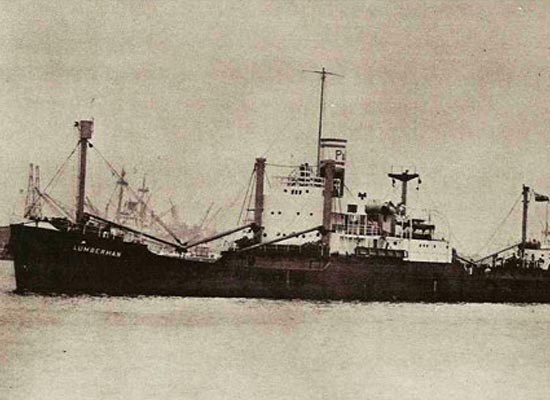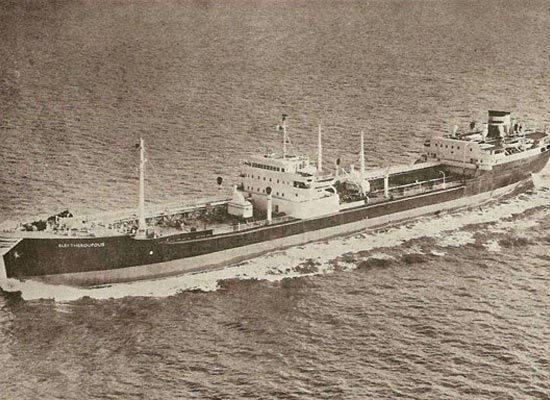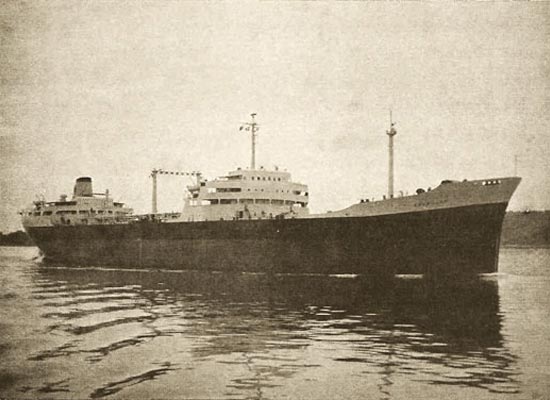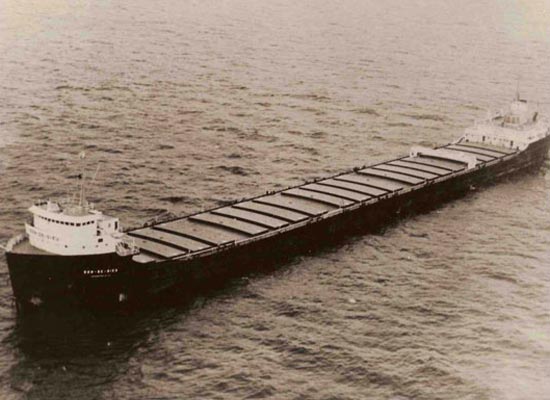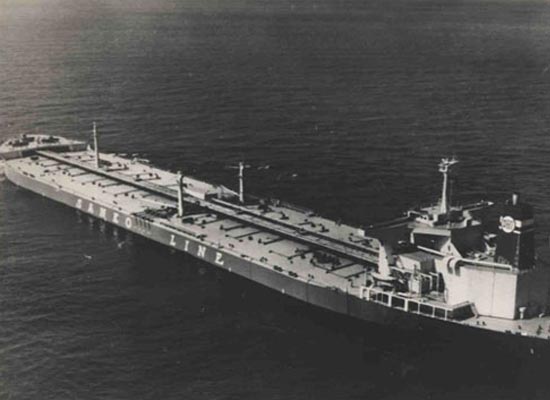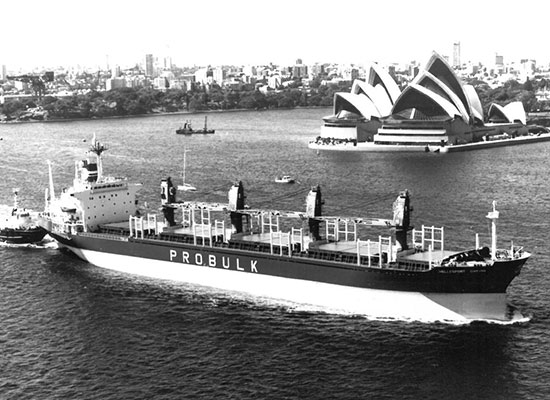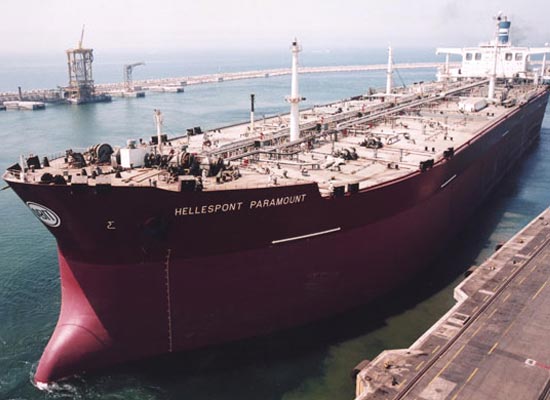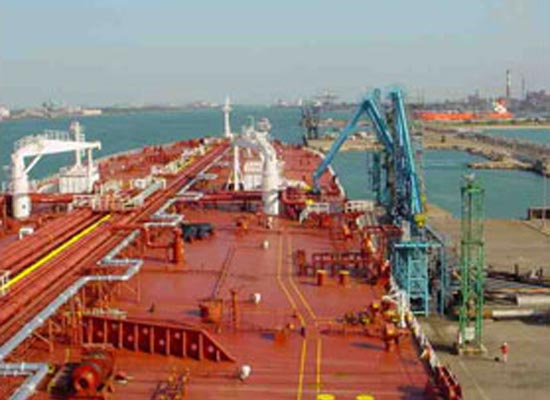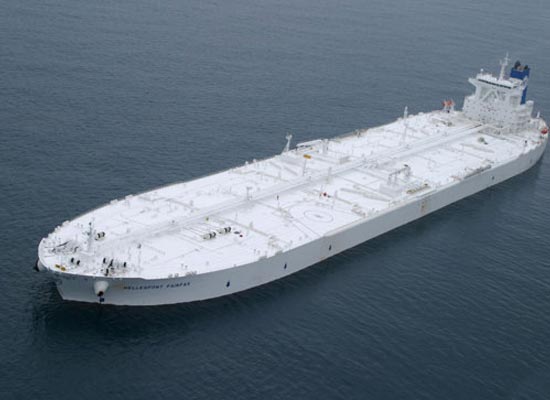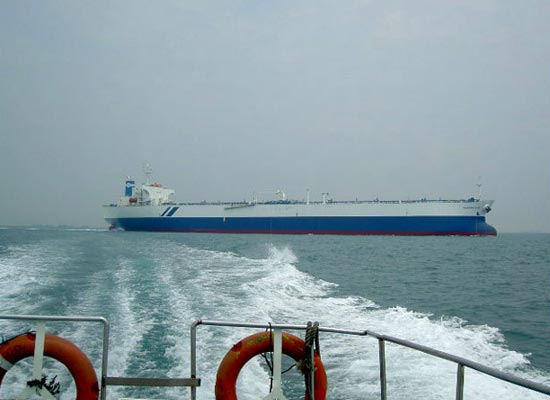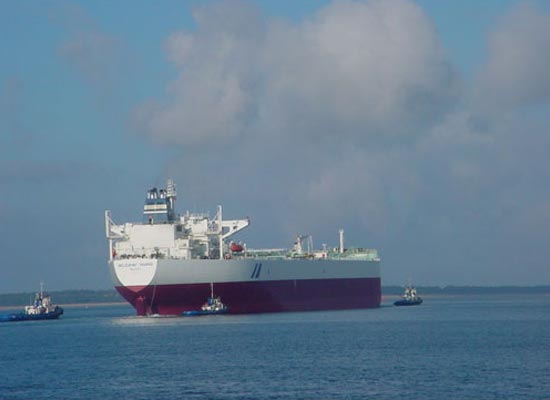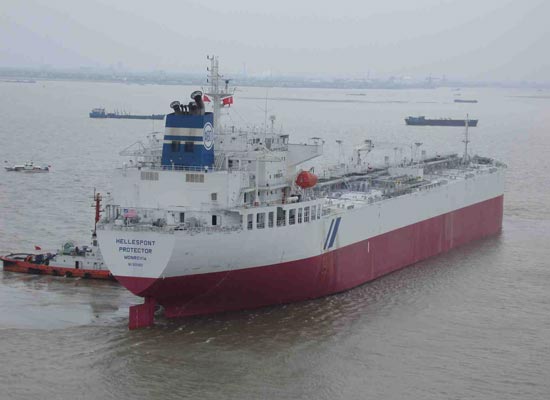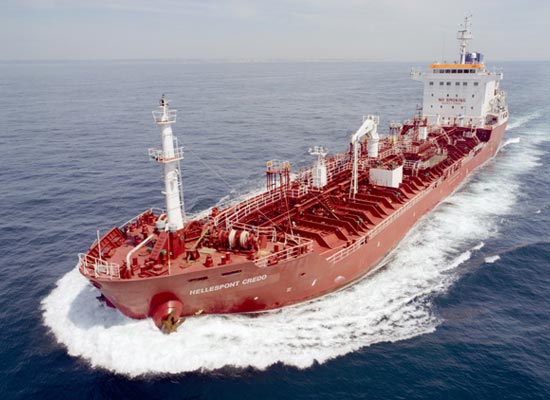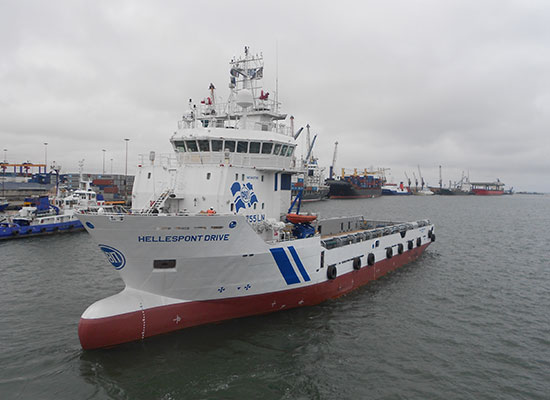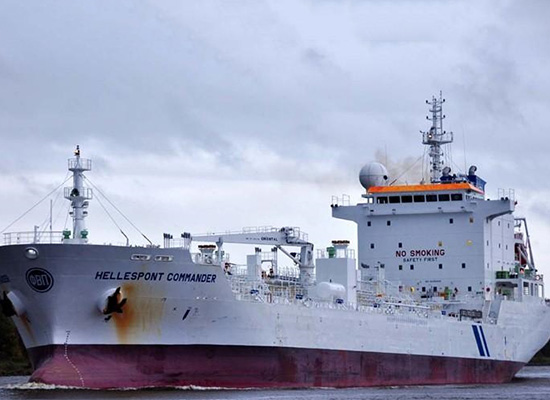Our History
For over 70 years the Hellespont Group offers integrated shipping services to their customers around the world. We are proud of our rich history and to share the milestones of the group with interested readers.
A word about our name
The origins of our name “Hellespont” come from the Greek mythology. As the story goes, there was a king of Thessaly named Athamas. His queen was Nephele and they had two children, Phrixos and Helle. Nephele one day “blew” away in the wind. Hence, the Greek word for cloud is “nephos”. Athamas, not one to be without female company, soon remarried. And as fate would have it, his new wife turned out to be your classic wicked stepmother. So wicked was she in fact, that she hatched a plot to have her two stepchildren killed. Zeus, being the keen observer of all affairs on earth, decided Phrixos and Helle needed to be saved from their wicked stepmother. To this end, he sent a winged ram with a golden fleece (later to become famous in the story of
Jason and the Argonauts) to carry the unfortunate children away to safety in Asia Minor.
As the winged ram was carrying the children across the Dardanelles, it encountered unexpected clear-air turbulence, with the result that Helle fell to her death in the Dardanelles.
From that day onwards, the Greeks have called the Dardanelles the sea of Helle -“Ellispontos” in Greek and “Hellespont” in English.
Our founder’s name was Phrixos, and he had a sister called Helle. As it happens, she too died at a young age.
Our History


